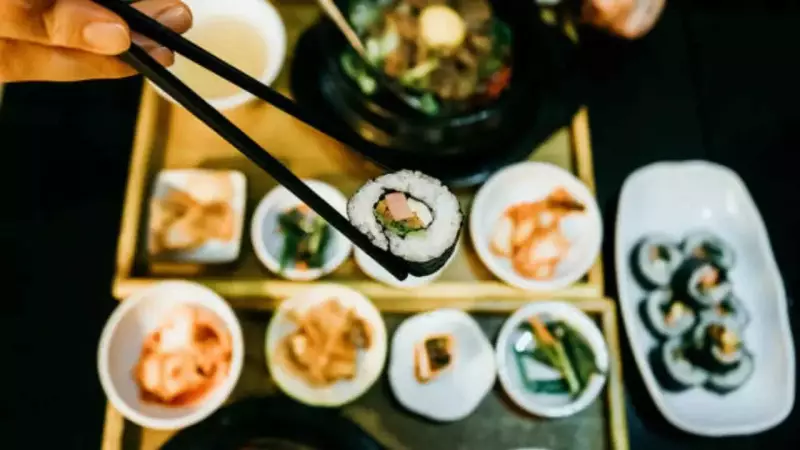
Think Korean food is all about meat? Think again! Korean cuisine offers a treasure trove of vegetarian delights that are bursting with flavour, texture, and colour. Get ready to embark on a culinary journey that will transform your perception of Korean dining.
Korean Vegetarian Staples You Need to Know
Before diving into the dishes, let's understand the building blocks of Korean vegetarian cooking. Rice, both white and sticky, forms the foundation. An array of fermented vegetables, most famously kimchi, provides that signature tang. Essential seasonings include:
- Gochujang: A fermented red chilli paste that adds sweet heat
- Doenjang: A rich, savoury fermented soybean paste
- Ganjang: Korean soy sauce for seasoning
- Sesame oil: For that distinctive nutty aroma
Must-Try Vegetarian Korean Dishes
1. Bibimbap (Mixed Rice Bowl)
This colourful bowl is a feast for both the eyes and palate. Steamed rice serves as the canvas for an assortment of sautéed and seasoned vegetables like spinach, bean sprouts, carrots, and mushrooms. Top it with a fried egg (optional) and a generous dollop of gochujang, then mix it all together for a harmonious blend of flavours and textures.
2. Tteokbokki (Spicy Rice Cakes)
A popular Korean street food that's surprisingly vegetarian-friendly! Chewy rice cakes are simmered in a sweet and spicy gochujang-based sauce. Often enjoyed with fish cakes, you can easily request a vegetarian version or add extra vegetables like cabbage and scallions.
3. Kimchi Jeon (Kimchi Pancakes)
These savoury pancakes are the perfect comfort food. A simple batter made from flour and water is mixed with well-fermented kimchi and pan-fried until crispy on the outside and tender inside. Serve with a dipping sauce made from soy sauce, vinegar, and sesame seeds.
4. Japchae (Glass Noodle Stir-fry)
This celebratory dish features sweet potato starch noodles that become wonderfully chewy when cooked. Stir-fried with colourful vegetables like carrots, spinach, and mushrooms, and seasoned with soy sauce and sesame oil, Japchae is a crowd-pleaser that's naturally vegetarian when prepared without meat.
5. Korean Temple Food
For the purest form of Korean vegetarian cuisine, explore temple food. Developed in Buddhist monasteries, these dishes avoid not only meat but also the five pungent vegetables (garlic, scallions, etc.). The focus is on natural, seasonal ingredients prepared to highlight their inherent flavours.
Tips for Ordering Vegetarian Korean Food
- Communicate clearly: Specify "no meat" or "vegetarian" as many dishes may contain hidden animal products
- Ask about broth: Soups and stews often use meat-based broths, so inquire about vegetable-based options
- Watch for fish sauce: Some kimchi and sauces may contain fish sauce or shrimp paste
- Explore side dishes: Korean meals come with banchan (side dishes), many of which are vegetarian
Korean vegetarian cuisine is more accessible than ever, offering a world of complex flavours that will satisfy both vegetarians and meat-eaters alike. From the fiery spice of Tteokbokki to the comforting warmth of Bibimbap, there's a vegetarian Korean dish waiting to become your new favourite.





